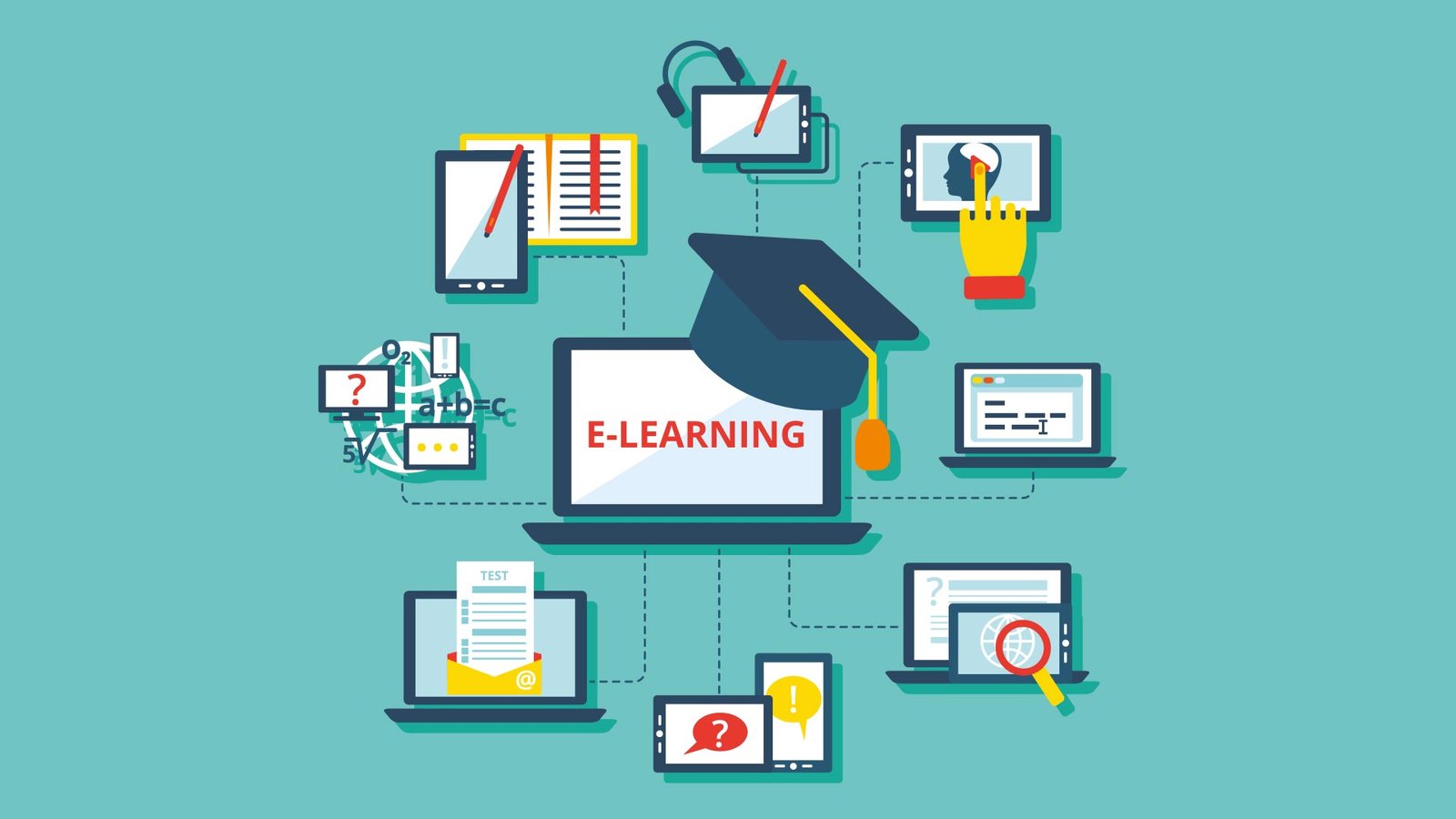Robots and artificial intelligence (AI) are rapidly evolving. What does this mean for conventional learning and learning with such a massive upheaval on the horizon?
Technology will have a significant influence on teaching and learning for both students and instructors. As we can see, technology is already so advanced that instructors may no longer be required. However, learning material will necessitate study. Teachers may place a greater emphasis on research for learning subjects than on teaching themselves. Will the classroom, on the other hand, survive? In this article, I look at the contrasts between learning and classroom learning – can e-learning replace classroom learning?
eLearning vs. Classrooms
Convenience
eLearning is considered more convenient since it may be completed when and when the student desires. You should be able to finish courses at your own pace while remaining inside your comfort zone – with a final deadline in mind. Working at your own pace necessitates a high level of self-motivation. Thus, course content must be entertaining.
However, because some e learning services is part of workplace learning and development, it may need to be completed during work hours. Classroom learning, on the other hand, follows a defined timetable. Students are required to attend courses at the same time as their classmates. You are also required to keep up with one another. This might result in increased drive or decreased engagement.
Style of instruction
Teaching in the classroom is often dependent on the teacher’s preferences. For example, people may believe that reading is the most effective method to learn. As a result, the majority of the time, the information will be taught through reading. Some teachers recognize that one technique does not fit everyone. Therefore, they include a range of teaching approaches wherever feasible.
With the advancement of technology, many classrooms now feature interactive whiteboards and tablets, among other things. This has made it simpler for instructors to include alternative teaching methods, although it may be time-intensive to prepare. On the other hand, eLearning may integrate several techniques into a single session to accommodate all learners. Audio, pictures, videos, and text not only make learning content more interesting, but they also cater to all types of learners. The learning objectives and material are prioritized. Then, content creators can incorporate various multimedia elements. This guarantees that everyone is working toward the same goals while also increasing engagement and information retention.
Personalization
Personalization and teaching style can go hand in hand. It may be challenging to personalize material in a classroom setting. It all depends on class size and how well the instructor understands the requirements of individual students. Teachers can prepare alternative
resources for their students if they understand their learning levels before teaching, but this can be time-intensive.
Pre and after-learning quizzes can be used to personalize learning. The results offered might guide learners to the appropriate course for their level or to additional study once the course is done. A more convenient approach to personalize content for the learner while achieving the same goals.
Related Post: How to Create a Strong Brand Using a Website
Interaction
Immersive interactions may be provided through e-learning through gamification, problem-solving, role-playing, narrative, case studies, speakers, and branching situations. Interactivity can give genuine first-person experiences, allowing for the comprehension and practice of desired behaviors.
Learners engage in social interaction in the classroom. They can be grouped with others to improve learning, learn from, or educate others. Students get the opportunity to interact with the teacher as well.
It may be more challenging to interact with your learning manager while using learning, and as a result, any questions may take longer to address. Some courses, however, provide video lessons or help forums.
Classrooms provide opportunities for learning.
Analysis
As previously said, classroom environments allow for immediate communication with the teacher. When it comes to analyzing progress, teachers may be able to evaluate material more quickly but not as thoroughly. An in-depth study would be more time-intensive and hence ineffective in delivering quick feedback to learners.
On-the-spot behavioral insights can be provided via e-learning. These observations may be shared with both the learning manager and the student to improve future course development and identify knowledge gaps.
Content
In certain instances, content may complement the instructional style. The material would be determined by the teachers’ preferences in a classroom environment – what they believe you should know. However, the material would change depending on the resources. You might need to purchase books, take notes, and so on.
The teaching style and content can coexist, and the teacher’s preferences can determine it.
Classroom learning may also take extra time to maintain consistency in content and delivery. Elearning information may be quickly updated and stored online for easy access at any time.
Because learning is done online, it minimizes the number of books and notes required. Learners can do research and record information by using numerous search engines and programs.
Our way of learning
Our Elitebgrowth technology offers e-learning courses for corporate settings, NGOs, healthcare, and other organizations. We combine up-to-date material, interaction, and behavioral insights in a convenient method for learners using our gamified approach to learning through interactive role-play.
By collaborating with customers to create unique material, we keep our courses current, practical, and up to date. Our technology enables us to create compelling content using actual actors and settings in immersive video.
Our Elitebgrowth courses are a no-brainer for learning and development managers because they provide a practical, flexible, and entertaining way to obtain the skills and information required to be confident and effective.
Will eLearning replace the classroom?
As can be seen, both e-learning and classroom learning offer advantages. However, it is difficult to predict whether or not the classroom will be replaced.
Classroom environments may be more appropriate for pupils who are younger and have not yet entered employment. However, e-learning appears to be the more viable alternative for those entering or already in the workforce.
As technology improves daily, we may witness changes in learning settings, whether through the employment of technology like VR, the introduction of learning segments, or the replacement of instructors with robots.
It is difficult to predict the future of classrooms at this time. Learning should begin with determining what needs to be taught, followed by determining the best way to teach it. If it means combining both, rather than relying only on eLearning or the classroom, then that should be the solution.


